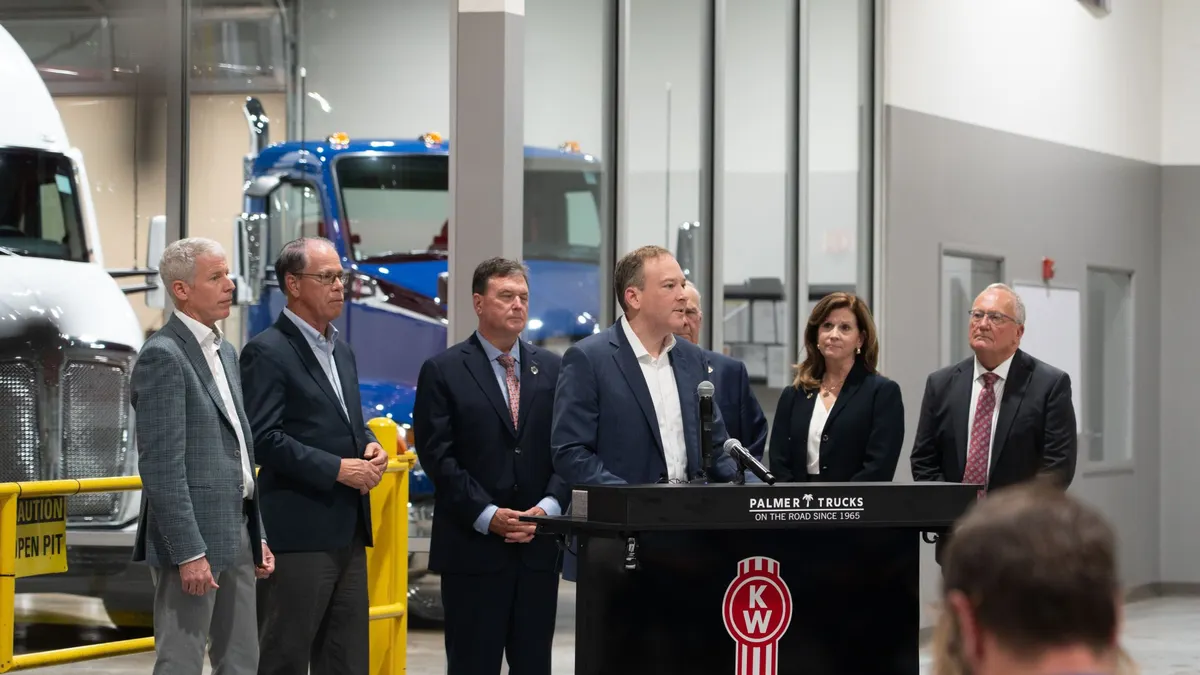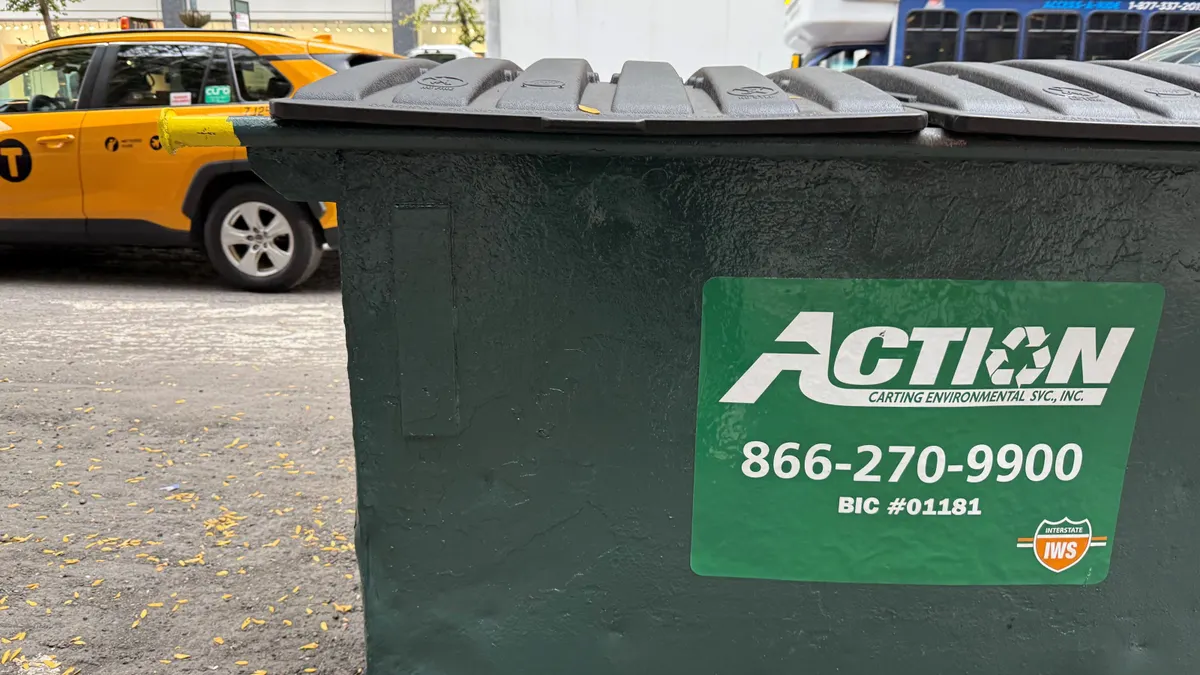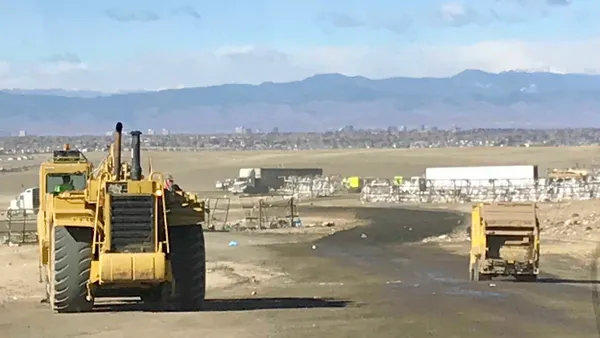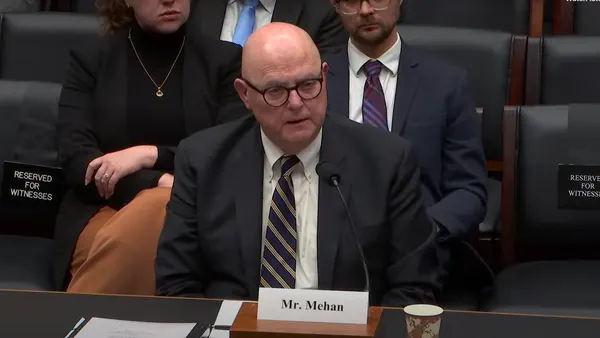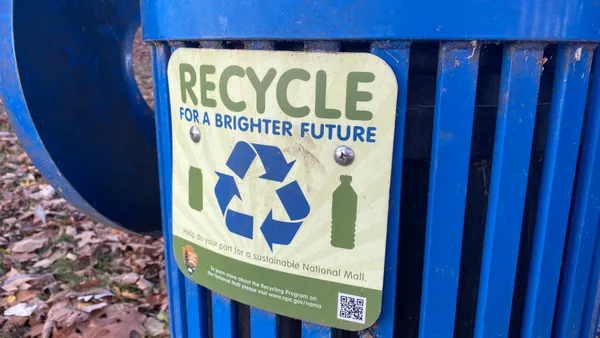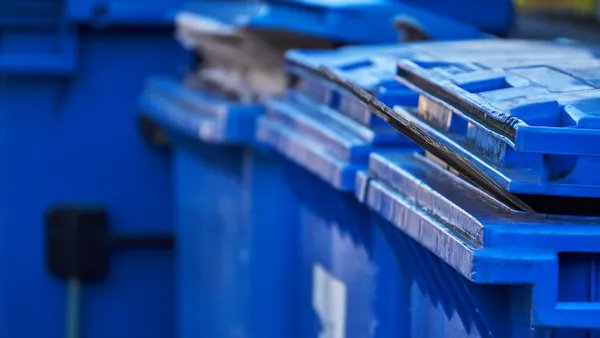The U.S. EPA is proposing to shut down the Greenhouse Gas Reporting Program, the nation's repository of annual carbon emissions data from more than 8,000 industrial facilities. The end of the program previewed by the Trump administration earlier in the year would deal a significant blow to federal climate policy, opponents say.
Regulated entities in the program include a range of facilities in oil and gas, manufacturing and waste. The program began collecting data in 2010, and over time grew to include 47 categories of facilities in its annual data sweep.
EPA staff said in the proposal that the program adds an unnecessary cost to regulated entities. In its most recent call for information, the agency estimated the collective annual cost of reporting for those industrial emitters to be about $303 million. Officials said Friday that eliminating the GHGRP would save American businesses at least $2 billion over 10 years.
“Alongside President Trump, EPA continues to live up to the promise of unleashing energy dominance that powers the American Dream," EPA Administrator Lee Zeldin said in a statement. "The Greenhouse Gas Reporting Program is nothing more than bureaucratic red tape that does nothing to improve air quality."
The program was created after Congress instructed EPA to develop a rule requiring mandatory reporting of greenhouse gas emissions "in all sectors of the economy" in 2007. Today, supporters in Congress and the environmental space say the reporting program forms a crucial backbone of federal climate rules and regulations.
The data is used to create the nation's annual greenhouse gas inventory, a report halted by the Trump administration this year. It also helps standardize companies' emissions disclosures across industries.
The EPA has previously used data from the GHGRP to develop air emissions rules for oil and natural gas facilities and municipal solid waste landfills, and the agency is currently developing an update to those same rules for the latter category.
Yet EPA staff argued in the proposal that because the agency has not implemented air emissions rules for most categories of facilities that submit data to the GHGRP, it should end the program. If the agency decides it should update regulations based on greenhouse gas emissions in the future, it says it would be able to collect data “on a more targeted and relevant basis.”
Some of the clean energy incentives created under the Inflation Reduction Act in 2022 rely on GHGRP data for verification of avoided carbon emissions. That includes the clean hydrogen production credit, which had already been limited by the Trump-backed tax reform legislation passed this summer. The credit is supported by the biogas industry, which is exploring converting methane gas into hydrogen.
The EPA said references to the program in the rules guiding such credits would need to be revisited, and the agency would work with the U.S. Treasury on such changes.
The EPA notes that other data-gathering efforts will continue, such as the Manufacturing Energy Consumption Survey that tracks fuel use in that sector. Other state-level programs will also continue, as will tracking initiatives from companies looking to meet sustainability goals.
The EPA will hold a hearing about its proposal later this year, and will accept public comments.


